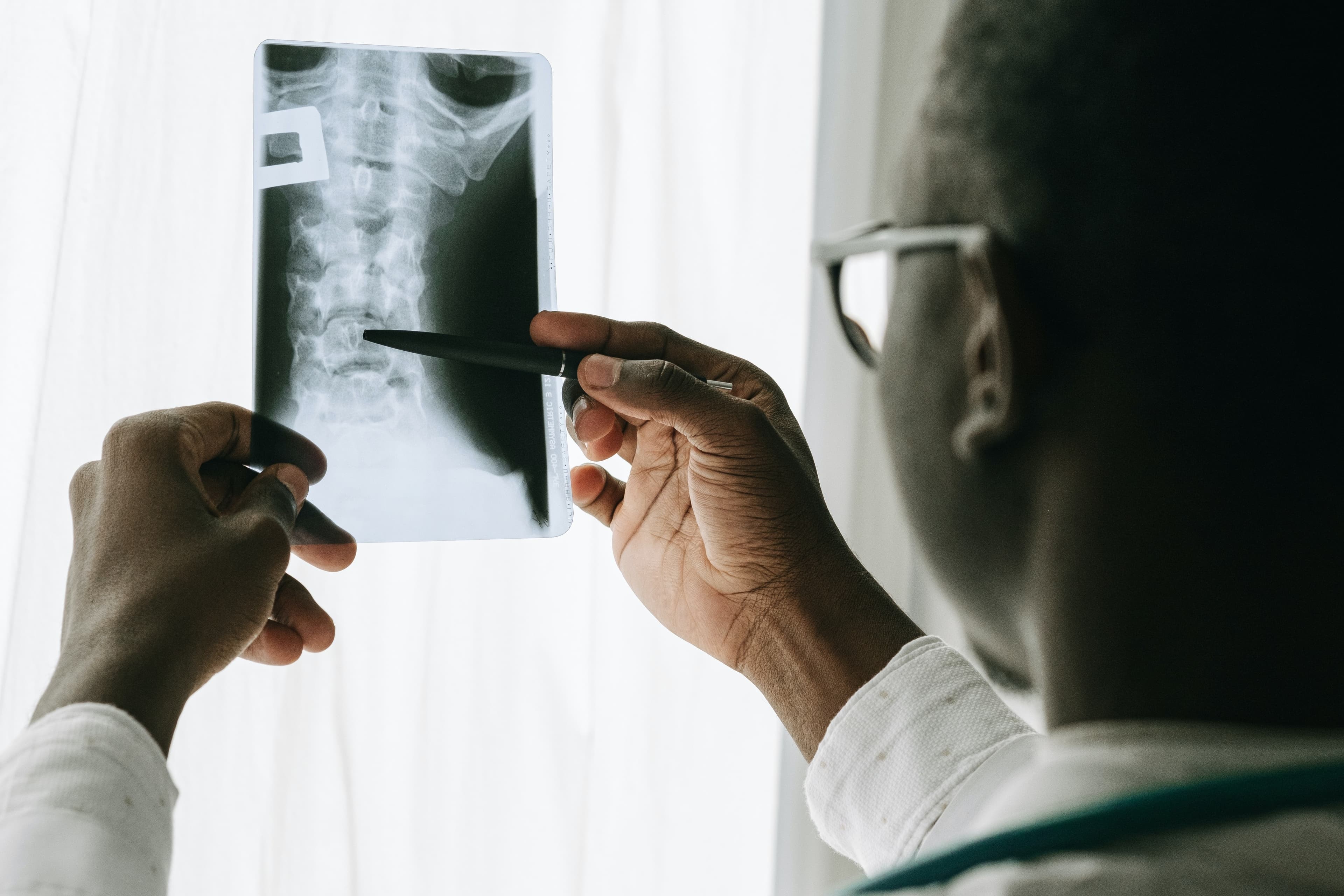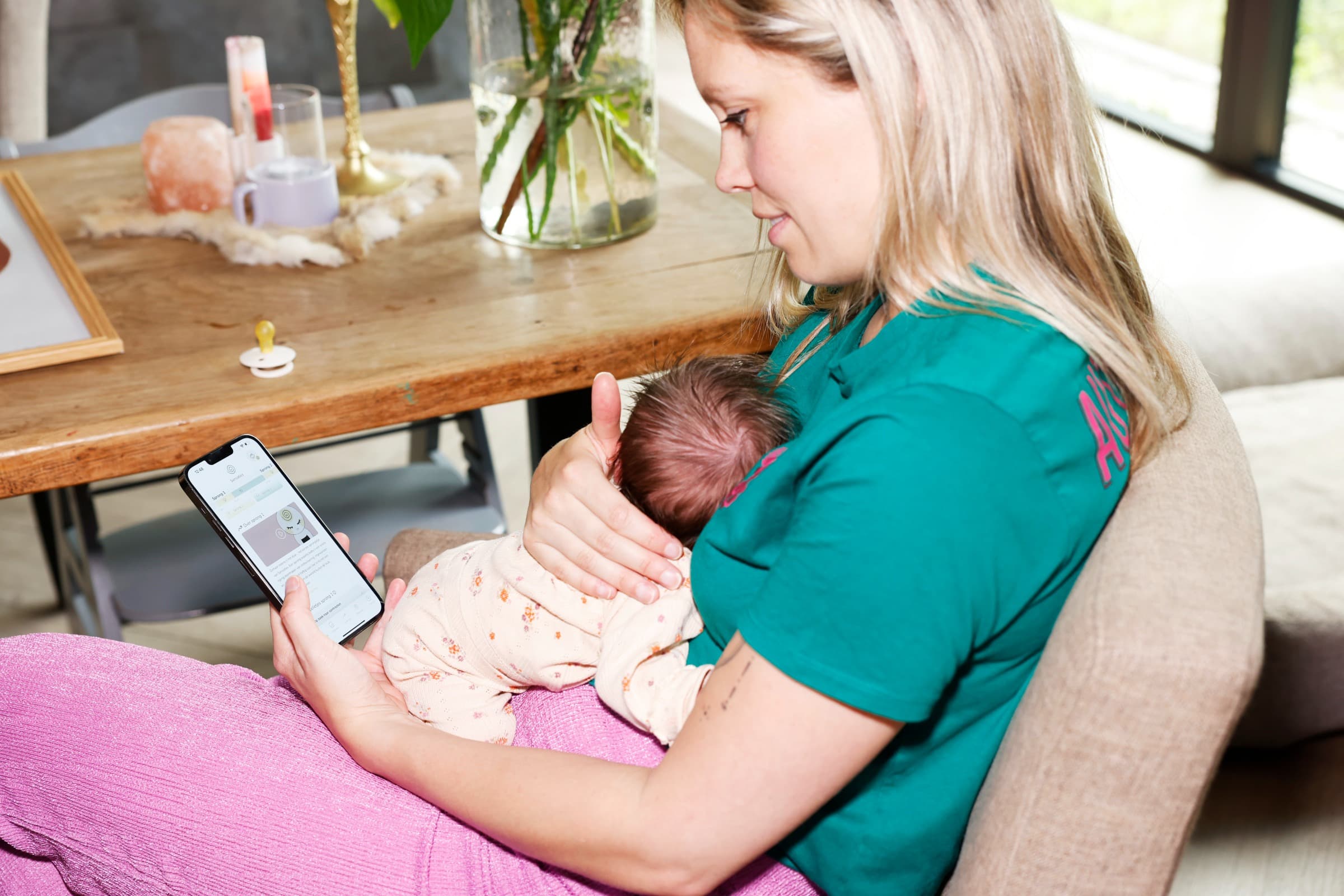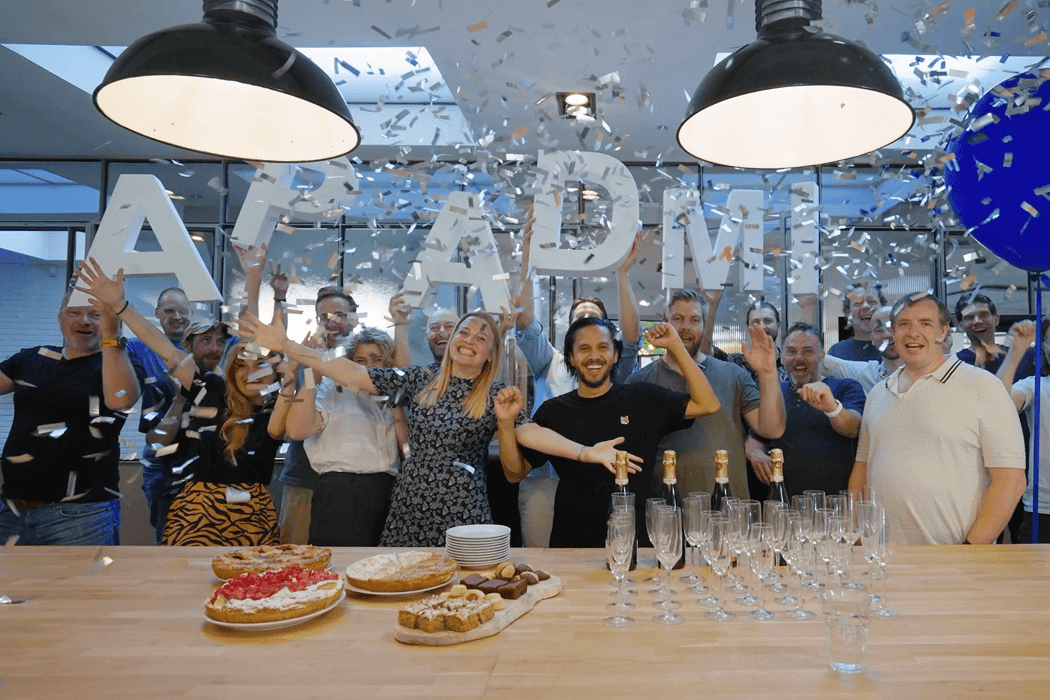Transforming Digital Health through Data
by Apadmi|Mon Dec 09 2019

Thanks again to everyone who joined us for our event in partnership with MSP discussing Digital Health and Data. The event touched on subjects such as applying tech to make organ donation easier for healthcare staff and for the bereaved, how digital health and data is being used to tackle infectious diseases, how to get digital innovation in healthcare to catch on and how connected cities could be the answer to improving the health divide between the North and South of England.
For those who made it (or for those who want to see what they missed) here’s a quick video of the evening:
Cat Jones & Laura Ellis Morgan – Apadmi & NHS Donorpath:
“The biggest risk for us is that the data is so precious we couldn’t afford to lose it – to allow someone to connect with it is a huge risk. Handling that carefully has been a huge challenge – but one worth tackling.”
There are over 6,500 people on the Organ Donation waiting list in the UK alone – but of the 95% of people happy to donate their organs, only 1% of these are eligible.
So – finding suitable donors can be a massive issue. Every second of efficiency counts when it comes to finding a match, and that’s where the data comes in.
Ex-Specialist Nurse Laura, explained the lengthy process the NHS nurses had to go through to ensure an organ was connected with its recipient within a tight timeframe – the repetitive data entry into multiple locations, the inaccuracies, the wasted time. But that was before DonorPath, and together with our own Product Manager Cat, they walked our audience through the platform we created with the NHSBT team.
Using data to improve efficiency and reliability can be hard to execute – some of the biggest challenges were around integrating with outdated NHS legacy systems, through to handling the sheer number of vast data fields available.
Once the solution was in place though, DonorPath quickly evolved into the live-saving software that was hoped for. The platform captures over 600 data points per patient, which is then fed into the NHS back-office systems to update each patient’s profile across the organisation.
No more duplication, no more potential for error – and a lot more time spent with patients and their families. (But don’t take our word for it – click here if you’d like to hear the story directly from them!)
Donorpath went live in over 260 hospitals across the UK; now over 18,000 forms are submitted through the platform each year, with Specialist Nurses now saving 766 hours through improved productivity. Data security has improved via encrypted data, whilst 132,000 pieces of A4 paper no longer need to be printed (and stored!) because data has been digitalised.
Chris Isaacs – Connected Diagnostics
“Thousands of data points to analyse and pass down before you can make a difference to society – funding is a key issue, and competition is fierce for each initiative to get their slice of the pie.”
Chris moved us from organ donation to the world of infectious diseases, and kicked off with some shocking stats. In 2018:
1.1 million people died from AIDS-related illnesses
The estimated number of malaria deaths stood at 435,000
There were 1.3million to 4.0 million cases of Cholera with up to 143,000 deaths worldwide
The main areas for concern? Landscape, mobile phone usage, and access to data collection.
Chris focussed on how digital health and data is being used to tackle these issues, and improve disease control in low- and middle-income countries. With a heightened demand for healthcare infrastructure to manage infectious diseases, nations have to look to:
Improve their national data systems through implementing more stable data collection methods
Offer more, accessible digital health global public goods
Advance the human capacity for digital tool use through training …in order to develop a success rate in digitising health.
But a number of issues still remain:
Funding is available, but it’s distributed to 10 gatekeeper organisations known as ‘implementing partners’ – “although the pecking order has shifted over the past 15 years, awardees have mainly remained the same”
Charity organisations rarely see all of their donations, with ⅔ of funds being informally steered to non-profit organisations
Supplying people with the tech required to record data is often difficult in LEDC’s because of changing priorities. People have no money to buy phones to report back to investigative bodies – but when the devices are bought for them, they’re often forced to sell them to feed their families
Chris put it best: “mobile technology based inventions have benefitted from enthusiastic, and often unquestionable support of implementing government agencies, corporates and donors. BUT the most technical platforms have not been deployed and tested at scale, and there’s little evidence to suggest how they may function at that scale.
Marie Kane – NorthWest eHealth (NWeH)
“The market is driven by speed and compliance – and that’s linked to costs and revenues. The clinical trial lifecycle is lengthy and expensive.”
Marie Kane joined us next to share insights into the groundbreaking work that NWeH – the brainchild of NHS Salford and Manchester University which this year turned 10 – does to ensure that digital health and data combine to save lives.
By 2026, there will have been a 5.7% growth year-on-year in the global clinical trials market, but the current processes are inflexible, inefficient and way too expensive to support this.
But disruption isn’t easy.
It requires speed, compliance and a route to market – all areas constantly being held back by cost and revenues – but NWeH’s solution for clinical evaluation aims to spread across the next 15 years of clinical trials research.
Marie’s main objective is to work with clients across the lifecycle by asking them to select one or more services to deliver strategic real-world development.
So far, they’ve had to invest in major research and development, guarantee investors with the right credentials and budget whilst investing in their teams and strategic relationships – it hasn’t been easy.
But this revolutionary digital health and data management initiative has built trust and value in data, and allowed NWeH to become controllers and regulators of their data and acquired consent for approach in patients.
Our favourite highlight was a very simple piece of advice from Marie from the perspective of a start-up though: get investors in place as soon as possible. Something that our Ventures business can definitely relate to, as it’s the hardest but most vital step in a start-up journey. You’ll always underestimate the amount of help you need in the beginning, but having that financial stability and industry expertise and direction on hand, can make all the difference.
Amanda Lamb – Connected Health Cities
“You have fewer healthy years if you’re born in the north compared to the south: just one of the shocking stats that drove the growth of Connected Health Cities – a £20m investment to tackle major UK health inequalities”
Did you know…
The North-South health divide is one of the most pressing, yet unknown issues facing the UK health industry right now
The risk of premature death is 20% higher in North England than South England
The gap in life expectancy is the widest it’s been for 40 years
These were some of our key takeaways from Amanda’s segment on behalf of Connected Health Cities. It’s an initiative based in 4 northern regions: Greater Manchester, North West Coast, North East and North Cumbria, created to combat the North-South divide.
In 2016, they received £20m investment which enabled them to attend to their objectives with more scope and deliver continuous improvement care pathways for both systems and patients. The CHC method integrates digital health and data whilst incorporating a triangle of 3 elements: People, Data and Method.
People incorporates: industry, academia, NHS and citizens
Data includes: study on local to national regions
Method expands on: the algorithms needed, models to create and work by These 3 points aim to find the right people at the right time to ultimately provide the best care.
One of the main campaigns within their CHC method was the #DataSavesLives approach. It forecasted emergency unplanned care across the NorthEast, all thanks to data. They had to provide primary and community care, ambulance services and pair them with urgent care activity, population data and anonymised data feeds.
While each of their projects uses data though, the focus is where it should be – on the people.
In return, it cut down clinical decisions from 10 minutes to 10 sections, saved 2 lives per month per hospital, provided cheaper care with an £8m per annum efficiency gain and provided £100m+ research opportunities.
If you enjoyed our digital health and data event, check out our other round-ups in the recommended content below, and don’t forget to keep your eyes on our Twitter feed to see what other events and opportunities we’ll be hosting in 2020.
Share




